Have you ever wondered how transformative an experience it might be to soak in a hot spring surrounded by a snowy landscape? For those in search of a unique winter escapade, the marvelous warmth of a hot spring amidst an icy wonderland offers not only relaxation but a sense of healing and rejuvenation. This concept, “Winter Healing: Discover the Magic of Hot Springs in Snowy Settings,” is not just about indulging in luxury but immersing in an experience that combines nature, culture, and serenity.
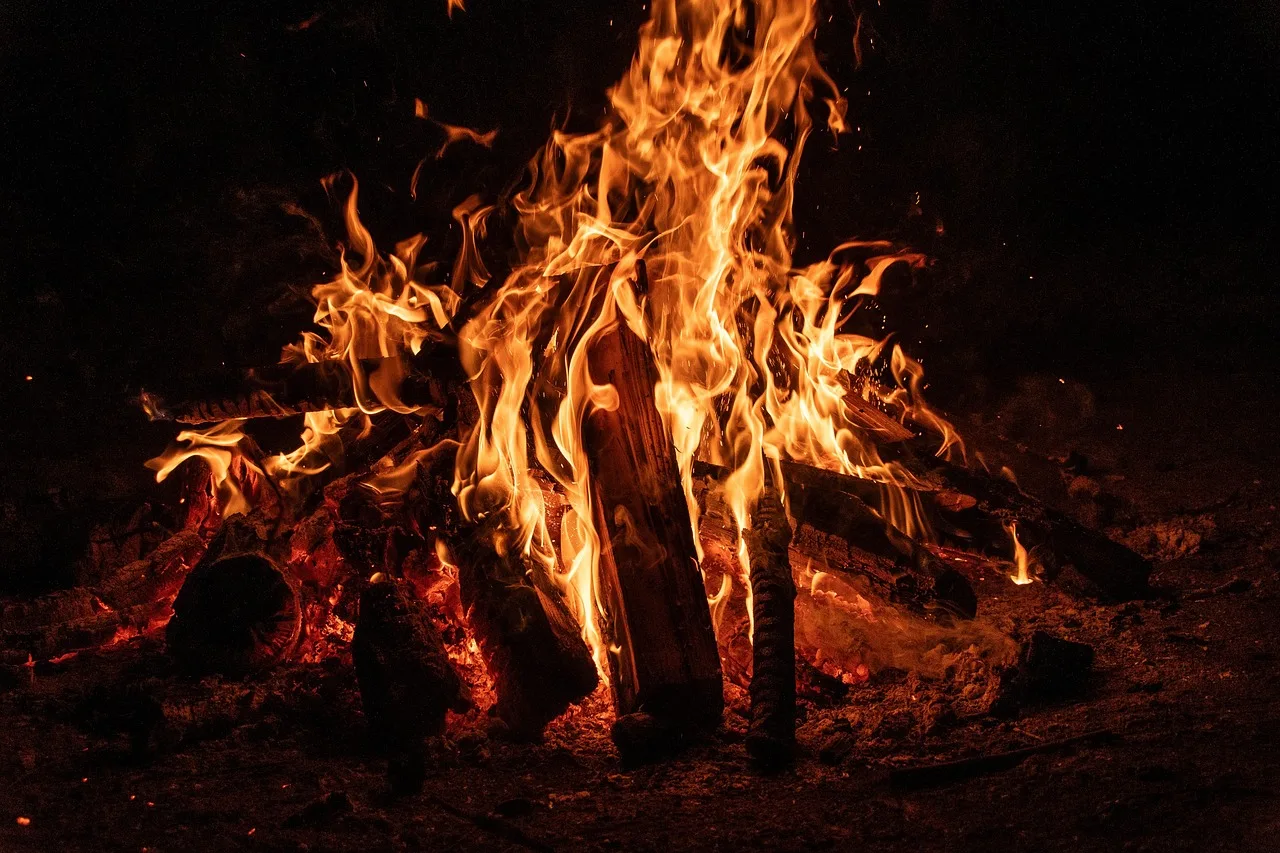
Table of Contents
The Enchantment of Hot Springs in Winter
Experiencing hot springs during winter is more than just a pleasant activity; it is a cultural tradition, a therapeutic practice, and a journey into the heart of natural beauty. The juxtaposition of heat and cold, the contrast between the steaming water and the crisp air, creates an idyllic setting for relaxation and revitalization.
Natural Beauty and Cultural Significance
In many cultures, hot springs hold historical and cultural significance, often considered sacred places with the power to heal both body and soul. Whether in the snowy mountains of Japan, the thermal baths of Iceland, or secluded spots in Canada, these geothermal wonders are cherished and protected.
Therapeutic Benefits of Hot Springs
Hot springs are renowned for their therapeutic properties, attributed to the high mineral content found in the waters. Soaking in these mineral-rich waters can reportedly alleviate ailments such as arthritis, muscle pain, and skin conditions, while also promoting relaxation and stress relief. The minerals, including sulfur, magnesium, and calcium, are absorbed through the skin, providing rejuvenating effects.
Planning Your Winter Hot Springs Adventure
When embarking on a journey to experience hot springs in winter settings, there are several factors to consider to ensure a smooth and enjoyable trip.
Best Time to Visit
Winter, of course, is the prime season to enjoy hot springs enveloped by snow. However, factors such as peak tourist seasons, local festivals, and weather conditions should guide your planning. In some regions, late winter provides a quieter experience with ample snow for ambiance but fewer crowds.
Selecting the Perfect Destination
Choosing the right destination is crucial. For example, in Japan, the onsen experience is deeply rooted in tradition, offering opportunities to engage with the culture while rejuvenating in natural springs. In contrast, Iceland’s landscape provides a raw, rugged backdrop for its geothermal spas, while Canada offers a wilderness retreat with its secluded hot springs.
Below is a quick comparison table of popular hot spring destinations:
| Destination | Highlights | Best Time to Visit |
|---|---|---|
| Japan | Traditional onsen culture, scenic views, cultural experiences | December to March |
| Iceland | Unique landscapes, geothermal spas | November to February |
| Canada | Wilderness experiences, serene settings | December to February |
Accommodation Options
Accommodations range from luxurious resorts to quaint inns and hostels. For those seeking an authentic experience, staying in a traditional ryokan in Japan offers not just proximity to the hot springs but also cultural engagement through meals and service. In Iceland, the array of choices from eco-friendly guest houses to high-end lodges ensures something for every budget and preference.
Transportation Tips
Accessibility varies by location. In some regions, hot springs can be reached via public transport, while others may require a private vehicle or guided tour. In Japan, efficient train systems connect major cities to remote onsen towns. In Iceland, renting a car can provide the flexibility to explore at your own pace.
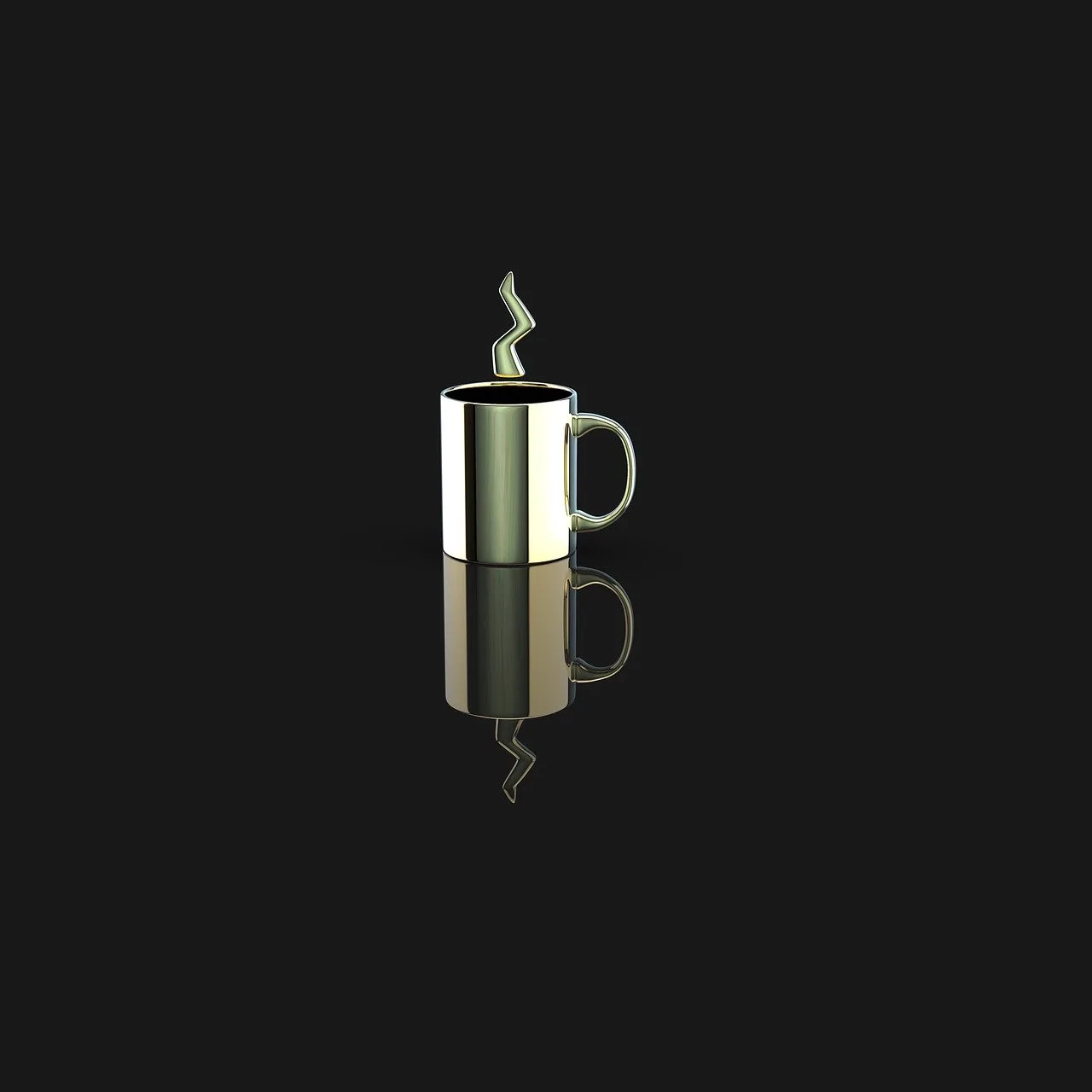
A Day-by-Day Itinerary for Hot Springs Enthusiasts
Crafting an itinerary that balances relaxation with exploration allows you to fully enjoy the magic of hot springs in snowy settings.
Day 1: Arrival and Initial Exploration
Arrive at your destination and settle into your accommodation. Take some time to explore the surrounding area, acquaint yourself with local customs, and perhaps indulge in your first hot spring visit. It’s essential to acclimate and relax—begin your trip on a tranquil note.
Day 2: Cultural Immersion
Dedicate this day to cultural exploration. In Japan, visit local temples and participate in a traditional tea ceremony. In Iceland, explore the historical and cultural sites in Reykjavík before returning to a geothermal spa to unwind. Immerse yourself in the local traditions and savor authentic cuisine.
Day 3: Adventure and Relaxation
Combine adventure with relaxation. Engage in outdoor activities such as snowshoeing or a guided nature walk. In the afternoon, treat yourself to a longer soak in the hot springs. Many destinations offer spa treatments and massages that complement the hot spring experience.
Day 4: Reflection and Departure
Use your final day for reflection and farewells. Perhaps revisit your favorite hot spring or explore a new one. Take a moment to absorb the serenity and reflect on the experiences gained during your stay before making your journey home.
Culinary Delights: Food Recommendations
No travel experience is complete without indulging in local cuisine. Each hot spring destination offers unique culinary elements that reflect its culture and traditions.
Japanese Onsen Fare
In Japan, kaiseki—a multi-course meal—often accompanies a stay at a ryokan. These meals are meticulously prepared, featuring seasonal ingredients and beautiful presentation. Sample local specialties such as Hida beef or onsen tamago, an egg cooked in the hot spring water.
Icelandic Treats
Iceland offers a diverse range of traditional dishes, from fresh seafood to heartier lamb dishes. Don’t miss out on trying plokkfiskur, a fish stew made with creamy potatoes, or the famous skyr, a yogurt-like dairy product that is both nutritious and delicious.
Canadian Delicacies
In Canadian regions, cuisine often emphasizes local and indigenous ingredients. Enjoy a hearty meal of bison or elk, paired with a traditional dessert such as butter tarts or Nanaimo bars, when visiting the hot springs.
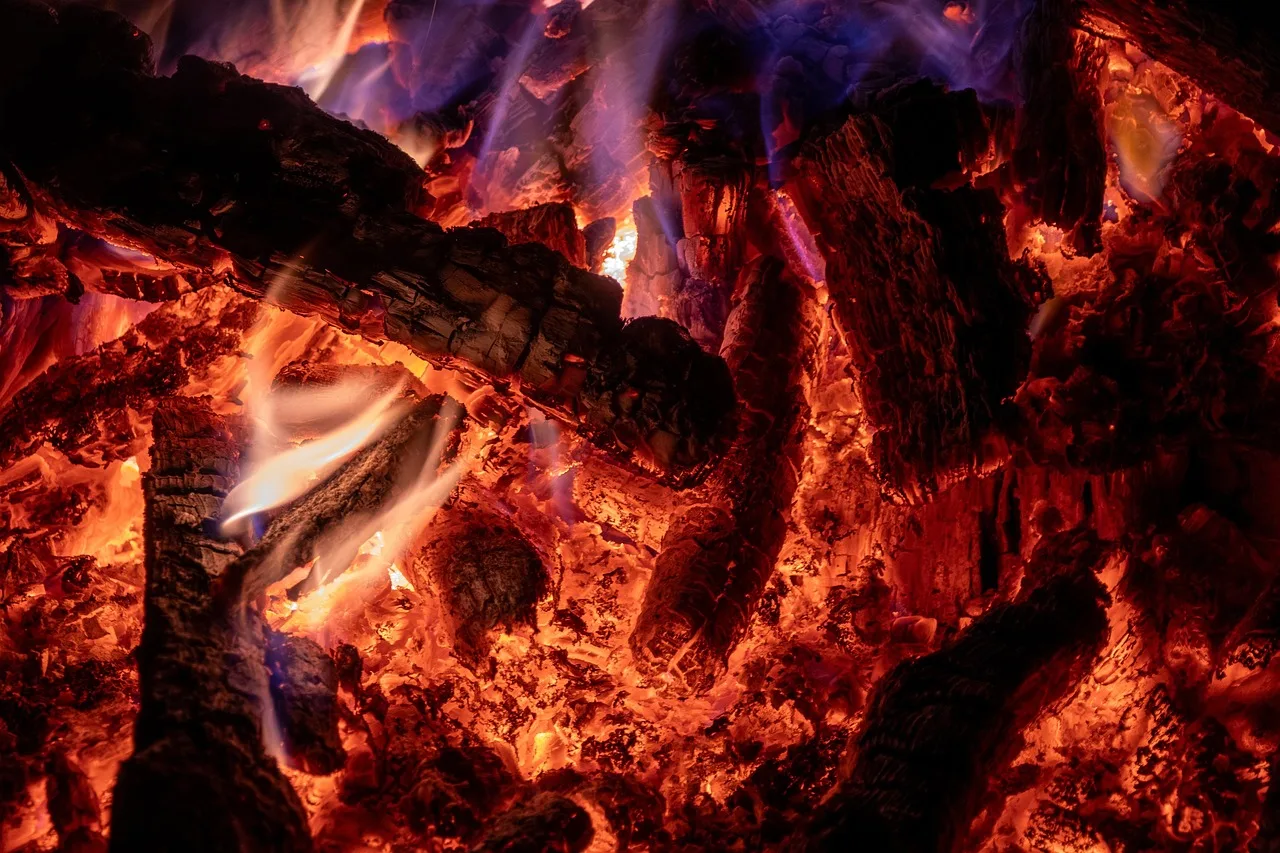
Shopping: Souvenirs to Bring Home
While visiting these incredible destinations, consider picking up some local souvenirs to bring a piece of the experience home.
Japanese Crafts
From beautiful ceramics and handmade textiles to specialty teas and V-sculpted wooden pieces, Japanese craftsmanship offers a unique touch of elegance and tradition.
Icelandic Goods
Icelandic wool sweaters, known as lopapeysa, are not only warm but a stylish reminder of your trip. Additionally, unique volcanic rock jewelry or locally crafted skincare products are wonderful keepsakes.
Canadian Handicrafts
Purchase indigenous art or crafted maple syrup products that capture the essence of Canada’s culture and cuisine. Beautifully made carvings and artworks make cherished mementos.
Budget Management: How to Save While Enjoying
The cost of experiencing hot springs in snowy settings can fluctuate depending on location, accommodation, and activities. Here are some tips to manage costs effectively.
Practical Tips for Cost Management
- Book accommodations and flights in advance to lock in lower prices.
- Consider traveling during shoulder seasons when prices are lower, but weather conditions are still favorable.
- Explore package deals for accommodation and hot spring access, which can offer considerable savings.
Below is an estimated expense breakdown for a typical trip:
| Category | Estimated Cost |
|---|---|
| Flight | $600 – $1200 (Round Trip) |
| Accommodation | $100 – $300 per night |
| Meals | $30 – $150 per day |
| Activities | $50 – $200 per day |
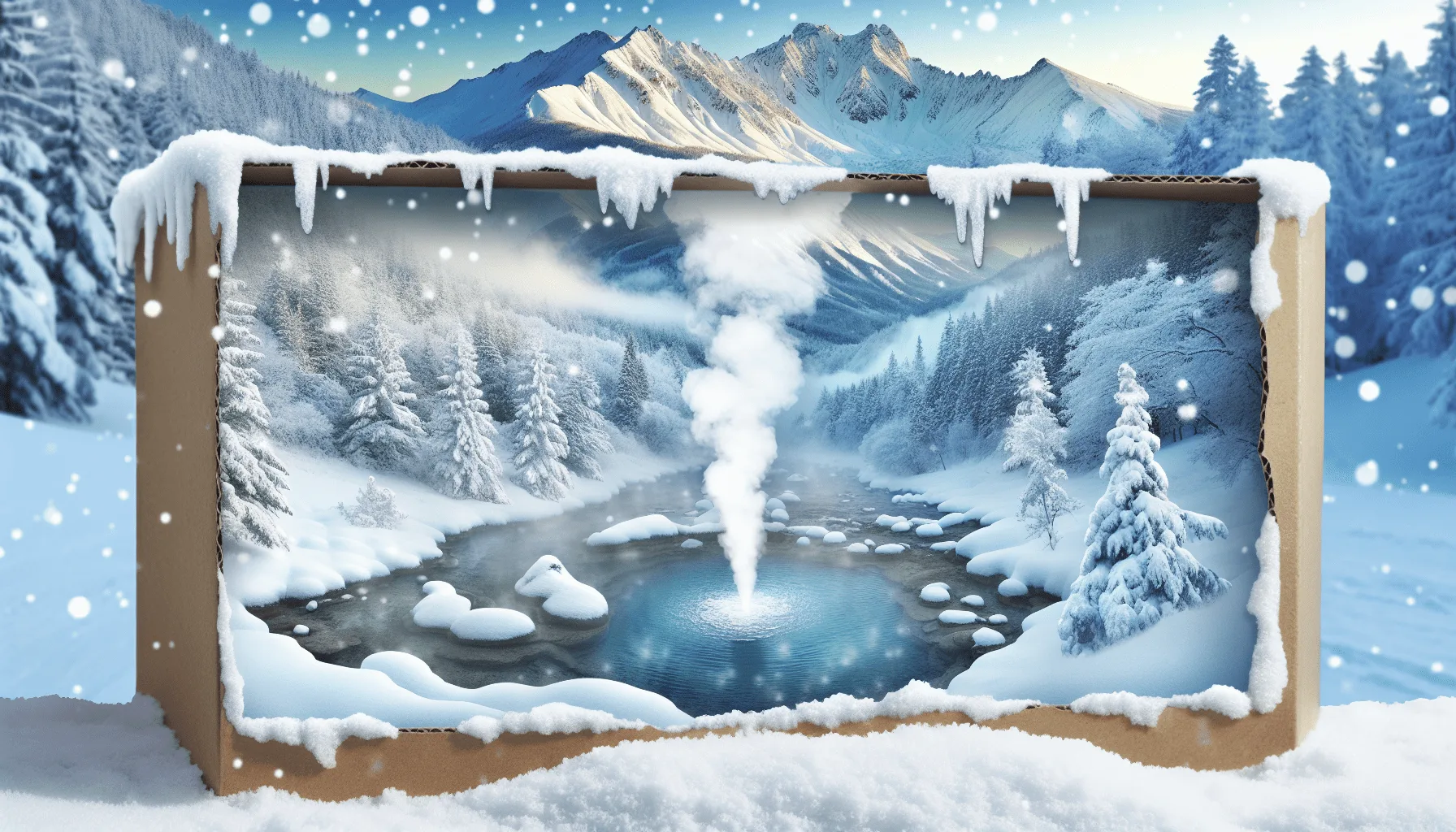
Frequently Asked Questions
Are there health risks associated with hot springs?
While hot springs are generally safe, those with certain health conditions, such as heart problems or pregnancy, should consult a physician beforehand. It’s also important to remain hydrated and avoid excessive time in the water.
What etiquette should be observed at hot springs?
In traditional settings, specific etiquettes like showering before entering the water and keeping noise levels low are expected. Always follow the local guidelines and respect the tranquility of the environment.
Conclusion: Experiencing the Magic
The magic of hot springs in snowy settings lies not just in the warmth of the waters or the stunning landscapes but in the holistic experience it offers. It’s a delicate balance of nature, culture, and personal rejuvenation that leaves one feeling refreshed and inspired. Whether choosing the traditional onsens of Japan, the rugged geothermal spas of Iceland, or the secluded springs in Canada, this winter healing journey promises an unforgettable experience worth every moment.
Should your travels take you to these enchanting destinations, carry these insights and tips with you to make the most of your winter healing adventure. What destination will your path lead you to next?
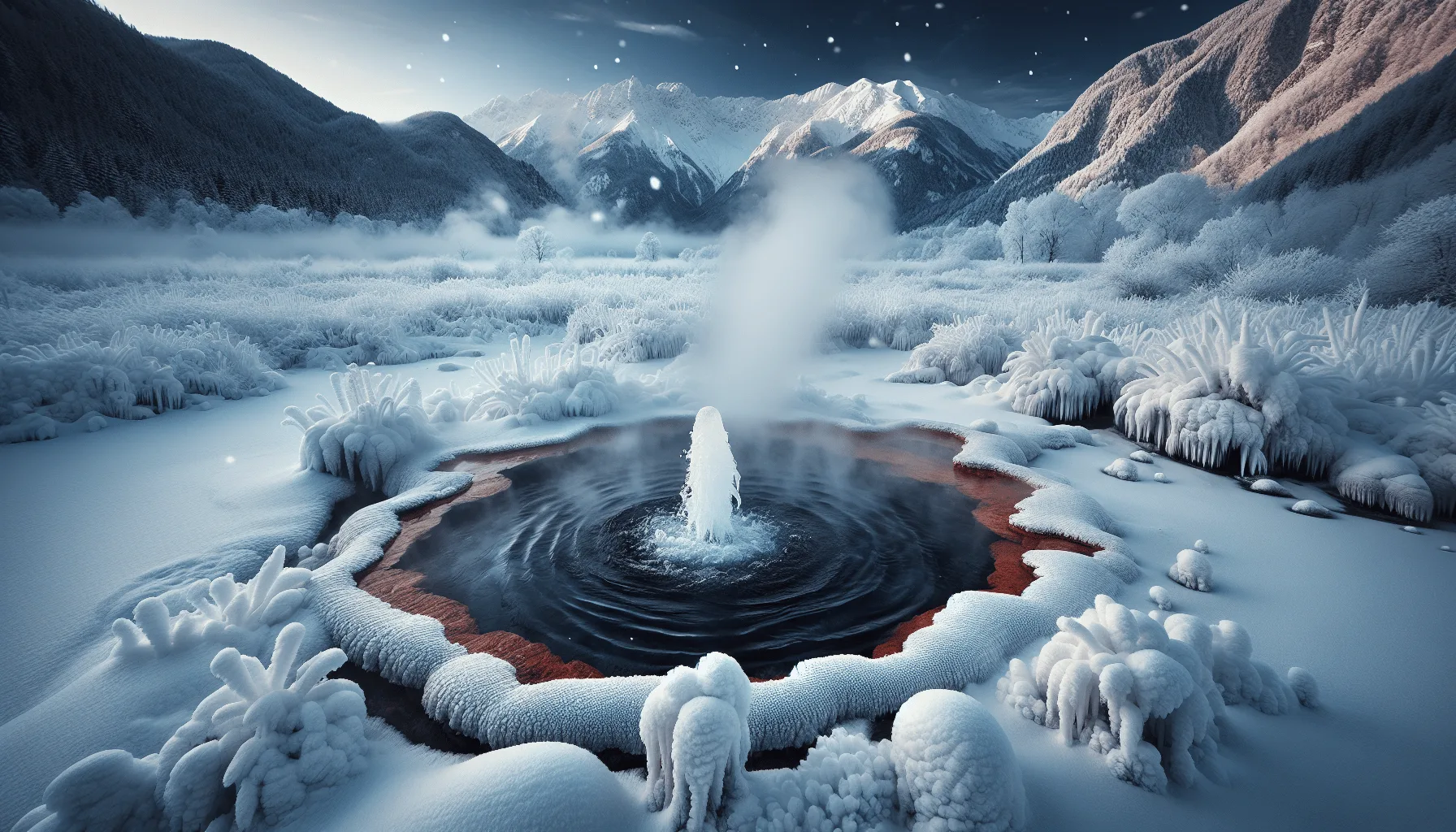
✈️Hot – Miette Hot Springs Bungalows, Jasper (AB), Canada
The Best Spots for Hot Springs and Geothermal Pools: A Relaxation Guide
